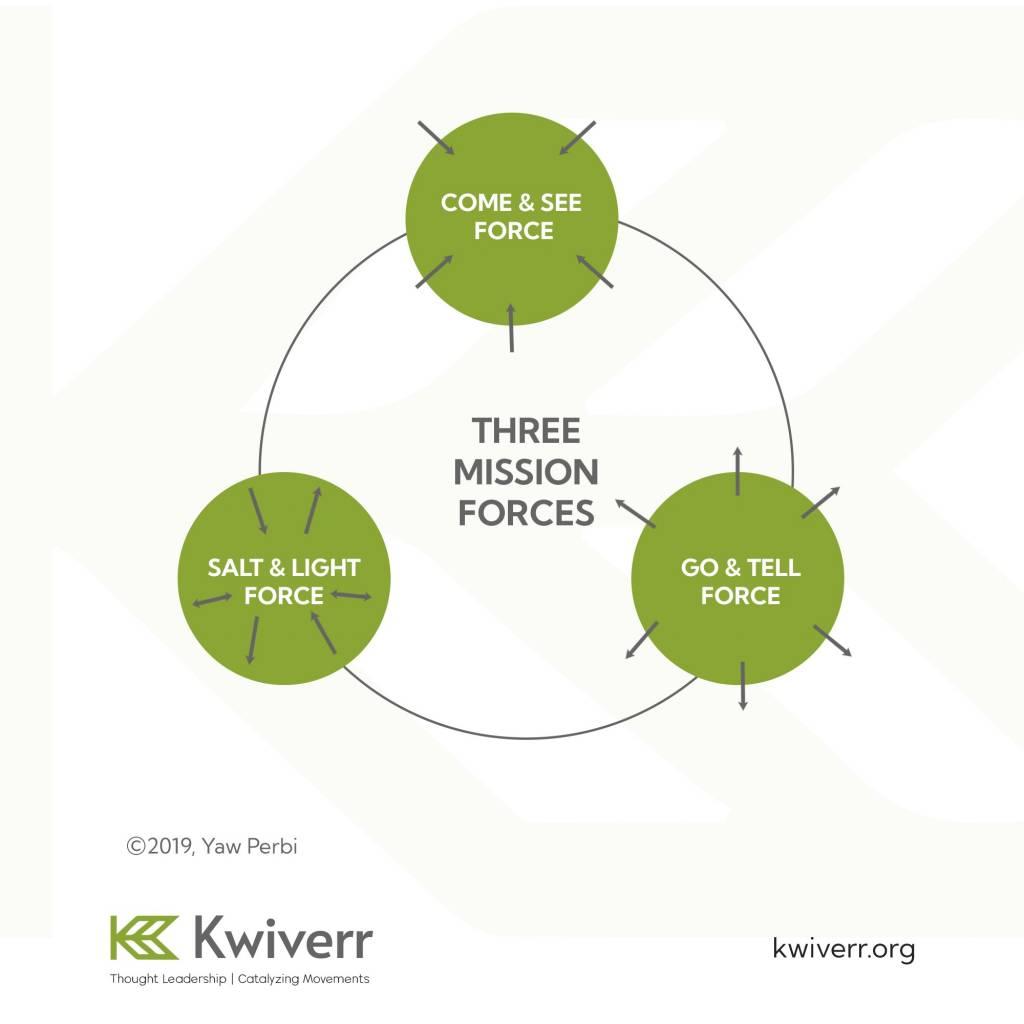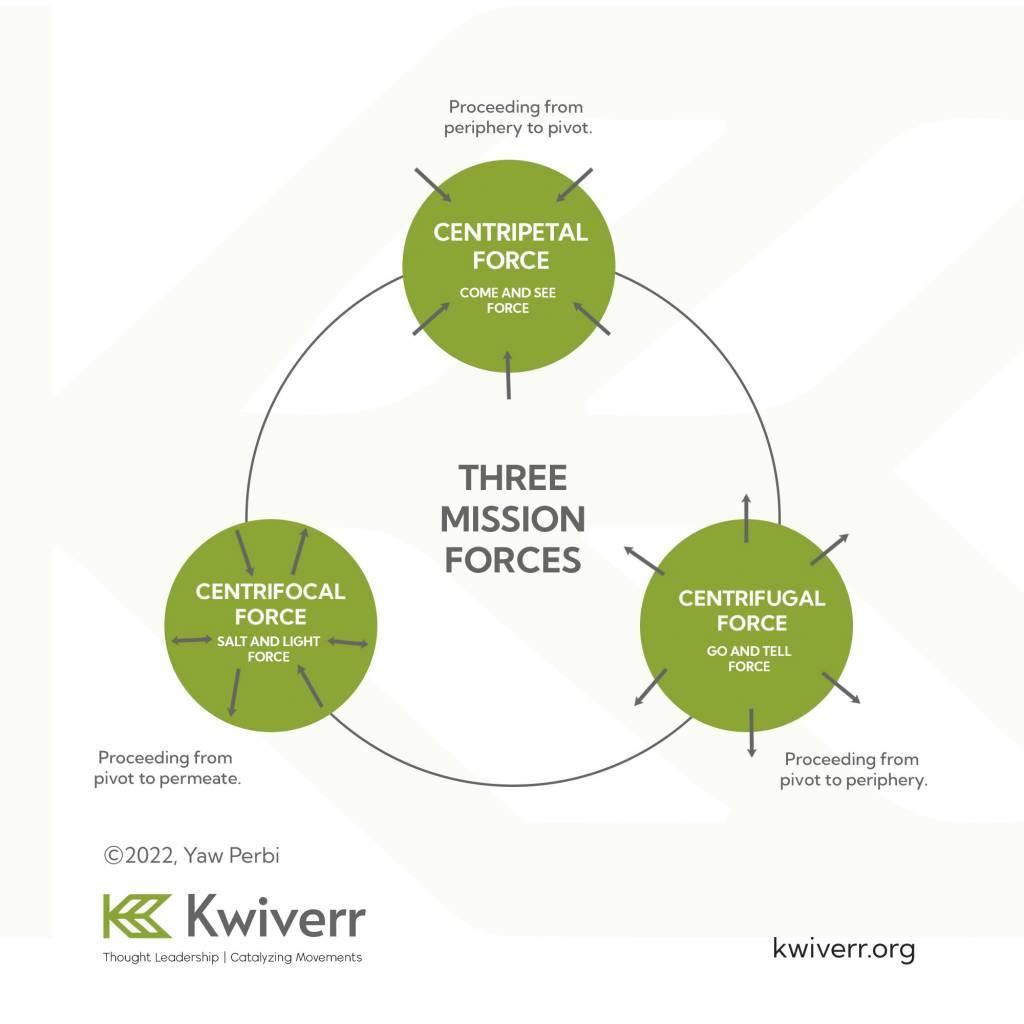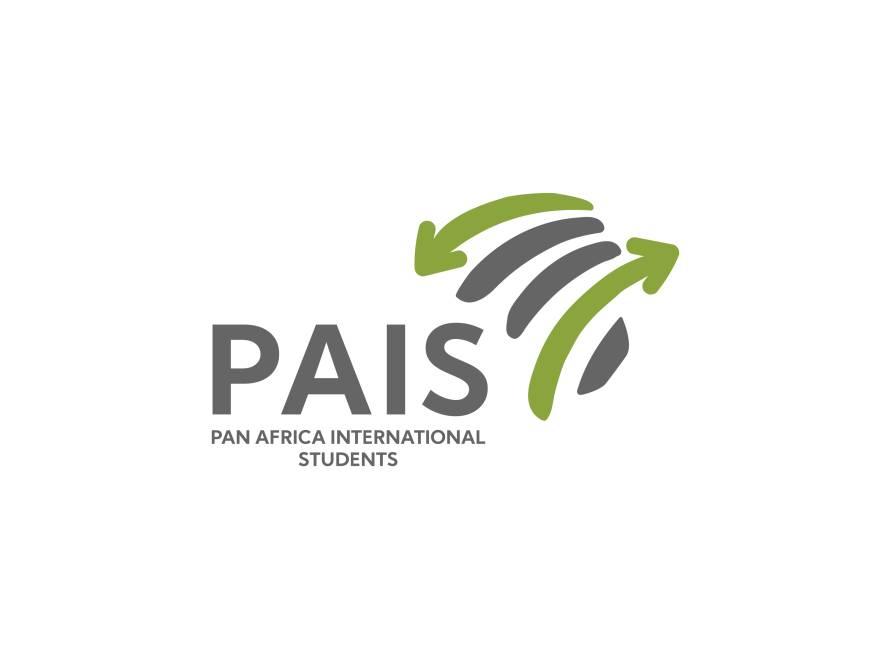
By: Dr. Yaw Perbi
FROM HOUSTON TO AMSTERDAM, FROM KENYA TO INDIA
All throughout the nine-hour flight from Houston, Texas to Amsterdam, I had had no interaction with the Black couple in the row behind me. It is rather the chatty Caucasian lady at my side, on my left, who kept starting up conversations, beginning with her intrigue about seeing me flip open a Bible. She surmised that strapped in a jacket and with a Bible pried open, “You must be a Pastor, I suppose.” Her husband, on the other hand, kept a tight upper lip throughout; but then again, perhaps the fluffy, gray mustache was just hiding it well.
At touchdown at Schipol, somehow the burly 300 pounds plus Black man behind me finally bellowed, “Where are you going?” He was intrigued that I was Accra-bound. He was heading for Nairobi, sadly to the funeral of his mother. Terah was his name, born in Kenya and now-resident in Houston with his New York-born Kenyan wife by his side. When Terah got to know I was into leadership development and global missions, his face lit up as he inquired who was in my Christian network in Kenya. He expected that I would know his ‘brother,’ Ernest Najoli, who he says encountered the Lord during his studies in India (together with a bunch of his colleagues) and returned to Kenya to plant several churches.
I found that so fascinating because the more likely pattern in my mind would’ve been that Christian international students from a largely Christian Kenya would go to a largely unreached India (there are still over 1,200 people groups yet to be penetrated with the gospel) and impact many for Jesus Christ there. Only a couple of weeks earlier, that had been a loud argument I made in a paper presented at the Lausanne Global Diaspora consultation in Cape Town, South Africa. I have been frustrated to no end that most African Christian International Students are largely unaware and unprepared missionaries from the most Christian continent in the world.
I had even been a little upset that ‘standard’ definitions of International Student Ministries were still very Western, with the understanding that a largely Christian West was receiving a largely un-Christian international student population from the Global South to be won for Christ. Here was Terah’s story of Najoli et al, a south-south dynamic with salvation in India to impact Africa. Terah’s story reminded me not to commit the sin I was accusing others of: seeing the mission of God from only one angle, direction and dimension.
MOVEMENT DIMENSIONS & MISSIO DEI
The Christian God is triune—Father, Son, Spirit—and is always on the move, within Himself and without. The holy Trinity impeccably moves between, amongst, betwixt and beyond Himself, performing a divine choreograph technically termed ‘perichoresis.’ It stands to reason that a perichoretic, triune God’s mission would be polycentric, polydirectional and polysynchronous. The mission of God itself is a three-fold one towards Himself, to bring himself glory; towards creation, to bring all creation a blessing; and against evil—to vanquish evil and establish His kingdom on earth forever and ever, just as it is in heaven.
Poly (of course means ‘many) and centric, ‘centers.’ While polycentric is often used in the sense of many geographical centers (so mission is from Nairobi as much as it’s from Mumbai as much as it’s from Houston and from Accra), it is used here in a functional sense. Wherever there is a concentration of the people of God, that is a center or pivot of mission. Where there isn’t, that’s a periphery.
The term ‘polycentric’ mission has gained a lot of traction over the last decade since the so-called shift of the ‘center of gravity’ of missions from the Global North to the Global South. But as has been rightly pointed out by Vance Bantu in A Multitude of All Peoples, “Christianity is not becoming a global religion. It has always been a global religion.” The focus in the last few centuries has been on the Western centers and superhighways to the neglect of the diverse expressions of Christianity across Africa, the Middle East, and Asia simultaneously.
In fact, even in writing ‘Africa to the Rest’ my co-author and I had to put in the following caveat regarding the title: “We are fully aware that in this era of polycentric mission, there isn’t only one sending centre, for instance “from the West to the rest,” and that mission is really from everywhere to everywhere. In fact, the world Christianity movement has always had many centres. Yet, we have intentionally titled our book this way for a ‘shock and awe’ effect on those who wonder, “can anything good come out of Africa?” We do this to place a binoculus over this segment of global mission highways that run from Africa to the Rest of the world, and from Africa to the remaining unreached people groups, to finish the task of world evangelization. So yes, we do know about the polycentric mission, but we won’t let that notion divert us from closely examining and celebrating the unique work of God in and through Africa(ns) or to dilute the essence of this phenomenal postmodern African missionary thrust!” (Perbi & Ngugi 2022, xxxv-xxxix)

THREE SIMULTANEOUS MISSION FORCES & DIRECTIONS
The early Christian movement spread from Jerusalem in every direction, polydirectionally. That is even truer and more complex today, as illustrated from the my Houston-Amsterdam story above that involved Kenya and India. And it’s all going on at the same time, polysynchronously.
Like the various movements in a classical masterpiece, the grand mission of God is centrifugal (from a pivot to the periphery), centripetal (from a circumference to a center) and centrifugal (from a center, permeating a locale as salt and light).
Centrifugal
Biblical examples abound, perhaps the commonest including God saying to Isaiah, “Whom shall I send? Who will go for us?” In the New Testament, while five prophets and teachers, two of them African, were worshiping the Lord and fasting, the Holy Spirit expressly asked them to set apart for Him Barnabas and Saul for centrifugal mission work. Scripture says after they had prayed, they placed their hands on them and sent them off. Naomi moved from Israel to Moab. When God would scatter His people, Israel, among the heathen nations on account of their disobedience, that redemptive act itself would be missional as they became witnesses among the idol-worshiping nations. That is centrifugal mission, from a strong center to the periphery.
Centripetal
But several times, God moves people from among the nations that do not know Him yet towards His people, from the circumference to the center. Ruth moved from Moab to Jerusalem. The Queen of Sheba traveled several hundred miles from her country in Africa to Israel. She certainly encountered the God of Israel and exclaimed, “Praise be to the Lord your God, who has delighted in you and placed you on the throne of Israel. Because of the Lord’s eternal love for Israel, he has made you king to maintain justice and righteousness.”
Today, God is moving populations from several hard-to-reach nations right into contexts that are saturated with the Gospel. For the last 10 years, I have served in senior leadership with the International Student Ministries of Canada to mobilize the body of Christ in the country to see the harvest of souls among the over 500,000 international students, 70% of them from the 10/40 Window.
Perhaps because of the root word for mission being ‘sent’ (mitto), there tends to be a misconception that mission is always going some place. The mission currents of the last 400 years seem to have put the Western world in particular at the mercy of Newton’s Law of Motion—a body will continue in its state of uniform motion until brought to a stop by an external force. Africa, Latin America and Asia also until recently have been largely stuck on the other side of the same law (intertia)—a body will continue in its state of rest until acted upon by an external force. May articles like this one be that external hit on the head that begin to impact and redirect the Church. For it’s time for the non-Western world to do much more going (centrifugal) while not forgetting to receive the nations (centripetal); while the Western world also learns to do much more receiving of the nations (centripetal) while not neglecting to still go (centrifugal) even if they are not as dominant in worldly power and population as they used to be.
Centrifocal
But really before any going or coming, sending or receiving, the mission of God is first and foremost about being. My all-time favorite point about this is made by Vinoth Ramachandran and Howard Peskett: “Mission is not primarily about going. Nor is mission primarily about doing anything. Mission is about being. It is about being a distinctive kind of people, a counter-cultural…community among the nations.” Invariably, being salt and light wherever God has placed us not only witnesses to the culture and transforms society but also becomes a draw for others (centripetal mission). Besides the quality of the centrifugal force from such a centre would be one to write home about.
CONCLUSION
God is on the move. And He is like never before. We see this in the rapid, extensive and expansive movement of people from everywhere to everywhere, especially considering the 200 million crossing international borders at this moment. God’s centripetal, centrifugal and centrifocal missional forces are at work to bring the triune God glory above, vanquish evil below and bless creation all around. These forces and motions are occuring polycentrically, polydirectionally and polysynchronously. It may seem complex, and it is, but all we are asked to do is to “trust and obey” the Lord of the harvest. So we say “amen!” If you read in between the lines you can see a missionary God on the move than ever before, sending His people to the unreached, sending the unreached to His people and exhorting His people to be the message and the mission, right where they are.


